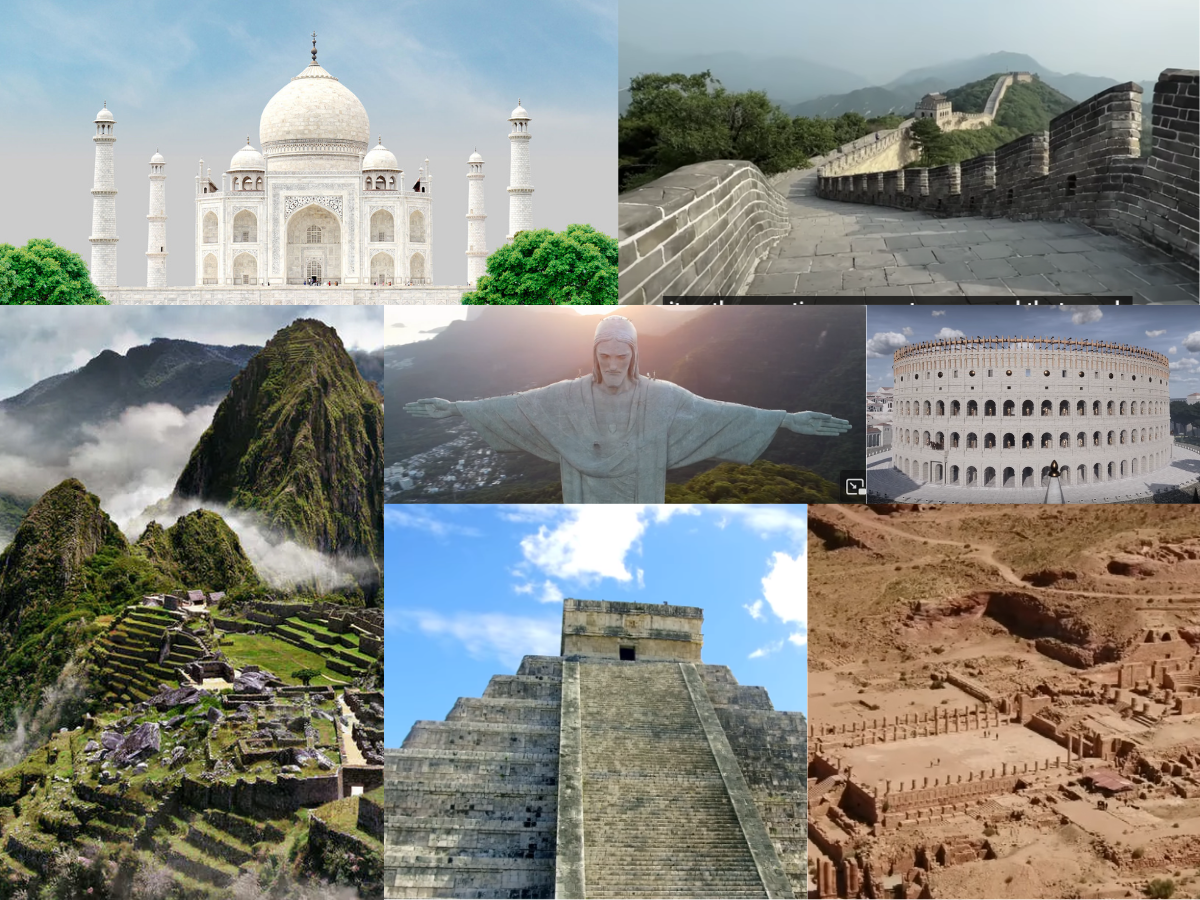The Seven Wonders of the World: A Journey Through Time and Beauty
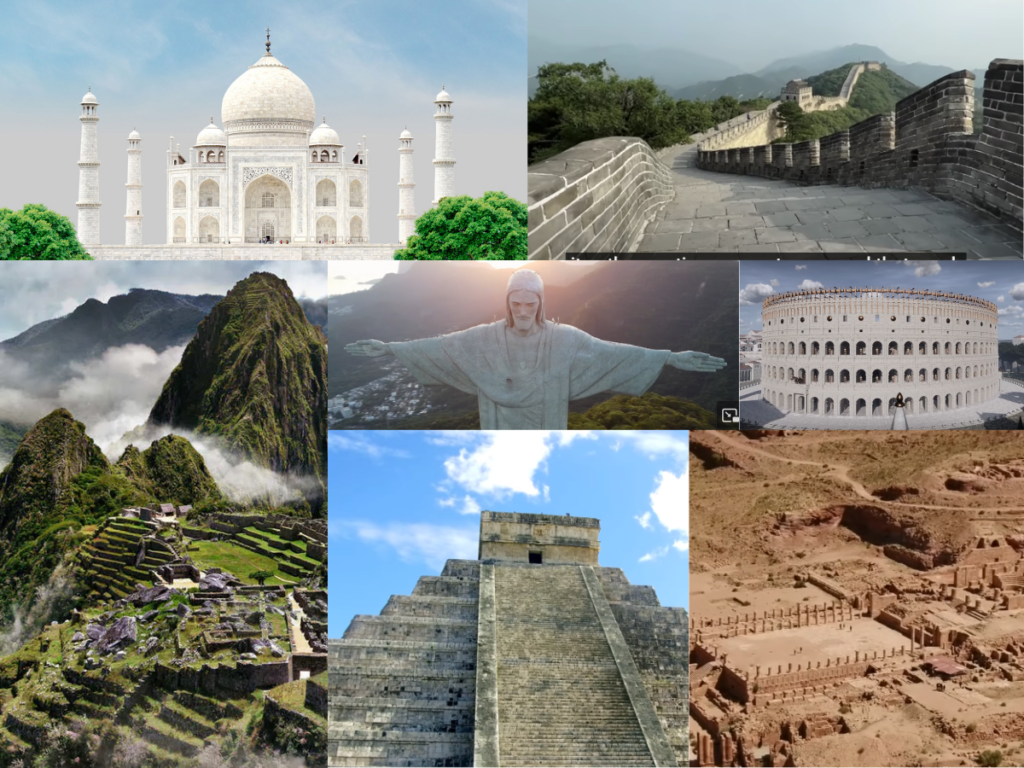
The Seven Wonders of the World have captivated people for generations. These incredible sites, recognized as the Seven Wonders of the World, represent the pinnacle of human creativity and achievement across various cultures. Each wonder embodies a unique story of artistic expression and historical importance. Join us on a journey to explore these extraordinary landmarks, including the Seven Wonders of the World, and uncover the secrets behind their lasting allure.
Table of Contents
1. The Great Wall of China (China)

One of The Seven Wonders of the World is the great Wall of China, Stretching over 13,000 miles. The Great Wall of China is one of the most iconic human-made structures in history. Built between the 7th century BC and the 17th century AD, this colossal barrier was originally constructed to protect Chinese states from invasions. Beyond its military significance, the Great Wall symbolizes perseverance and national unity. Walking along its rugged pathways, one cannot help but marvel at the determination and ingenuity of those who built it.
The Great Wall of China, often hailed as one of the Seven Wonders of the World, is a stunning feat of engineering that stretches over 13,000 miles.
2. Petra (Jordan)
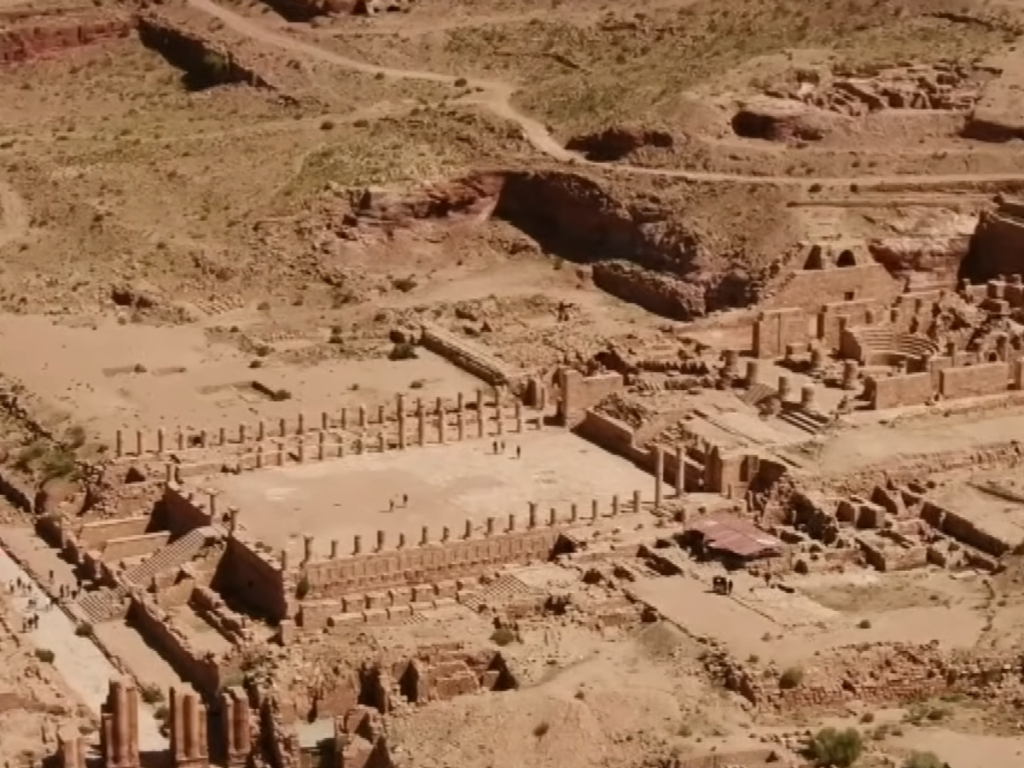
Petra, a gem among the Seven Wonders of the World, enchants visitors with its breathtaking rock-cut architecture and rich history.
Hidden in the deserts of Jordan, Petra is an ancient city carved into rose-red cliffs. Once the thriving capital of the Nabataean Kingdom around the 4th century BC, Petra was a hub for trade and culture. The most famous structure, Al-Khazneh (The Treasury), welcomes visitors with its breathtaking façade. Petra’s intricate rock-cut architecture and advanced water management system make it one of the greatest archaeological treasures of all time. It is often called the “Lost City” because it remained unknown to the Western world until the 19th century.
3. Christ the Redeemer (Brazil)
Christ the Redeemer, an iconic statue among the Seven Wonders of the World, embodies the spirit of hope and faith across Brazil.

Perched atop the Corcovado Mountain in Rio de Janeiro, Christ the Redeemer stands as a symbol of peace and faith. This 98-foot-tall statue of Jesus Christ, with outstretched arms, was completed in 1931. Built using reinforced concrete and soapstone, the statue is not only an engineering marvel but also an emblem of Brazilian culture and religious devotion. Overlooking the city’s stunning landscapes, Christ the Redeemer is a beacon of hope and unity.
Machu Picchu, often regarded as one of the Seven Wonders of the World, showcases the remarkable ingenuity of Incan civilization.
4. Machu Picchu (Peru)
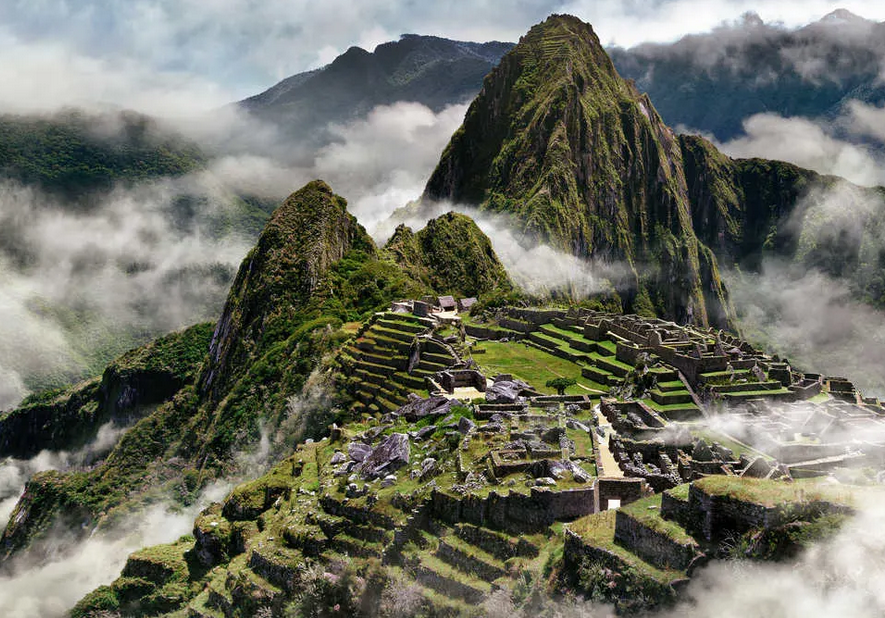
Machu Picchu, often regarded as one of the Seven Wonders of the World, showcases the remarkable ingenuity of Incan civilization.
Machu Picchu, the ancient Incan city nestled in the Andes Mountains, is often called the “Lost City of the Incas.” Built in the 15th century, it remains one of the most well-preserved examples of Incan architecture. Its terraced fields, intricate stonework, and temples reflect a deep connection between humans and nature. The breathtaking view of Machu Picchu at sunrise is an experience that leaves visitors in awe. It is not just a wonder of construction but a testament to the wisdom of the Incan civilization.
5. Chichen Itza (Mexico)
Chichen Itza, a fascinating site among the Seven Wonders of the World, reveals the sophisticated understanding of astronomy by the Maya.
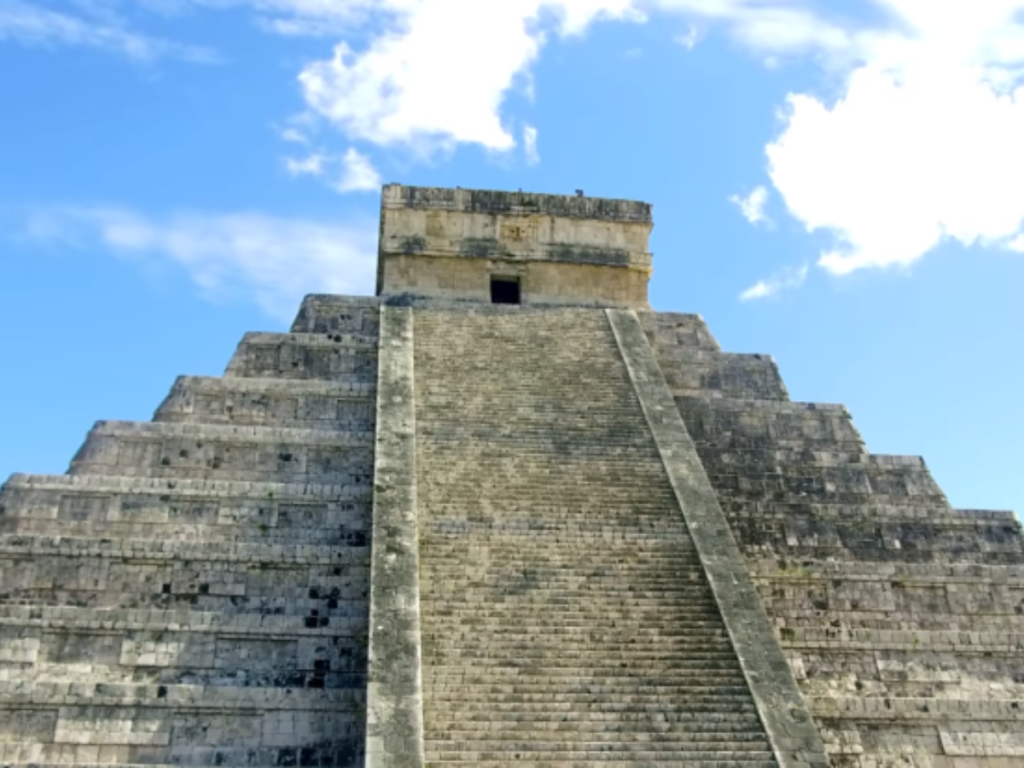
Chichen Itza, an ancient Mayan city in Mexico’s Yucatán Peninsula, is renowned for its stunning pyramids and astronomical precision. The most famous structure, El Castillo (Temple of Kukulcán), is a pyramid designed to reflect the Mayan calendar. During the spring and autumn equinoxes, the sun casts a shadow resembling a serpent slithering down the pyramid’s steps. This site offers a glimpse into the Mayan people’s knowledge of mathematics, astronomy, and architecture.
6. The Colosseum (Italy)
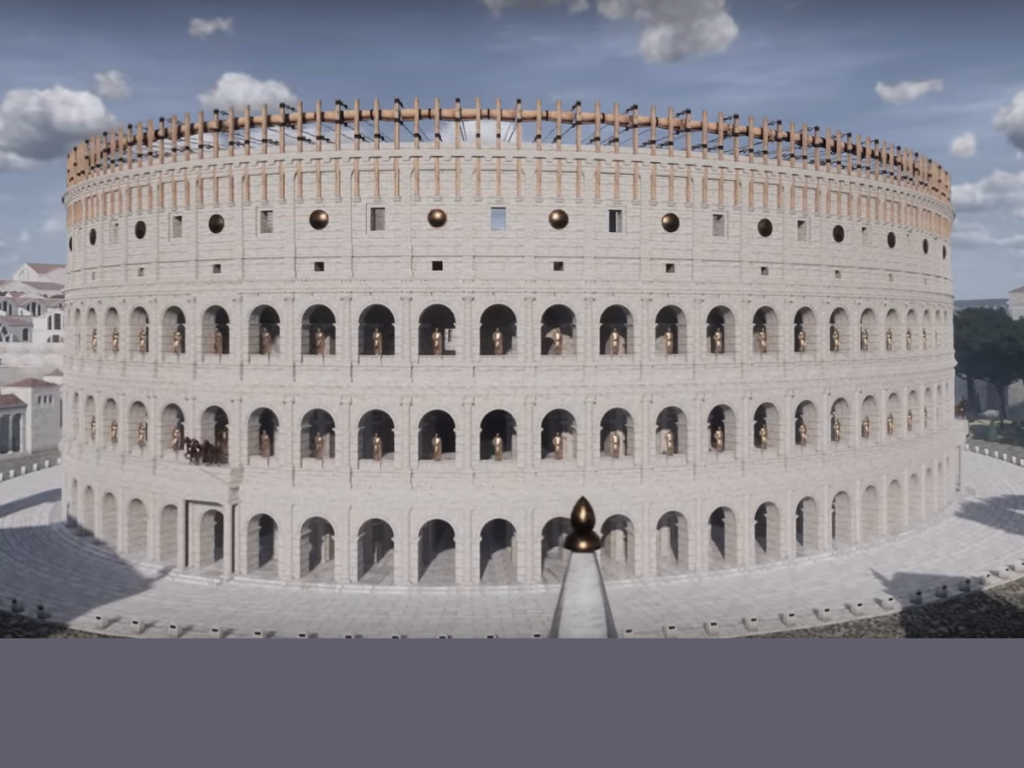
The Colosseum remains a pivotal part of the Seven Wonders of the World, echoing the grandeur of ancient Roman entertainment.
Standing in the heart of Rome, the Colosseum is an enduring symbol of the grandeur of the Roman Empire. Built in 80 AD, this massive amphitheater once hosted gladiator battles, public spectacles, and dramatic performances. With a capacity to hold over 50,000 spectators, it remains the largest amphitheater ever built. Despite centuries of natural disasters and human intervention, the Colosseum still stands as a testament to Roman engineering and entertainment culture.
7. The Taj Mahal (India)
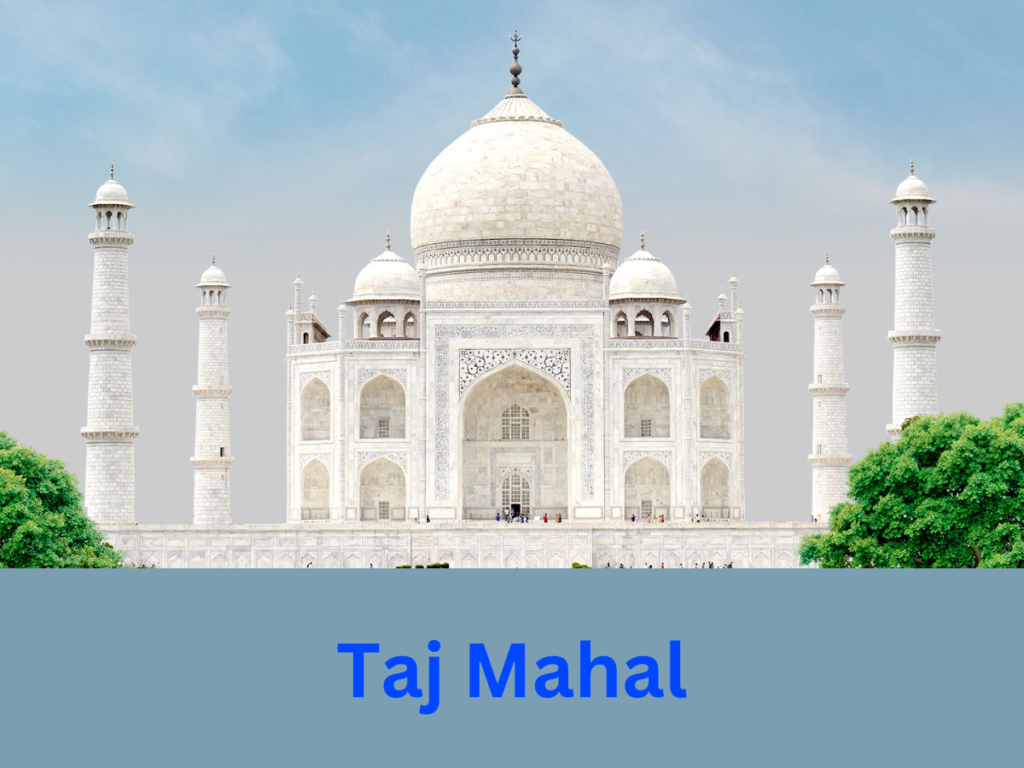
The Taj Mahal is a breathtaking example of the Seven Wonders of the World, symbolizing eternal love and architectural brilliance.
The Taj Mahal, a masterpiece of Mughal architecture, is a symbol of eternal love. Built by Emperor Shah Jahan in memory of his beloved wife Mumtaz Mahal, this ivory-white marble mausoleum in Agra is a sight to behold. Completed in 1648, the Taj Mahal’s intricate designs, symmetrical gardens, and shimmering domes make it one of the most photographed monuments in the world. It is a poetic tribute to love and beauty, attracting millions of visitors every year.
Visit Official Website of Taj Mahal
Why These Wonders Matter
Each of these wonders represents human creativity, resilience, and ambition. They remind us of our shared history and cultural richness. Visiting these sites is not just about admiring their beauty but also about understanding the people and stories behind them.
Whether it’s the mystical ruins of Machu Picchu, the grandeur of the Colosseum, or the romantic elegance of the Taj Mahal, these wonders continue to inspire awe and wonder. They are a bridge between the past and the future, ensuring that the legacy of human achievement remains alive for generations to come.
If you ever get the chance to visit even one of these remarkable places, seize the opportunity because experiencing a wonder of the world is truly a once-in-a-lifetime experience!
Conclusion
Understanding the significance of these sites is essential to appreciating why they are celebrated as the Seven Wonders of the World.
The Seven Wonders of the World are a testament to human creativity, inspiring generations to seek adventure and cultural understanding.
Every visit to the Seven Wonders of the World offers a unique opportunity to connect with history and marvel at human achievement.
Experiencing any of the Seven Wonders of the World is a remarkable journey that enriches your understanding of our global heritage.
